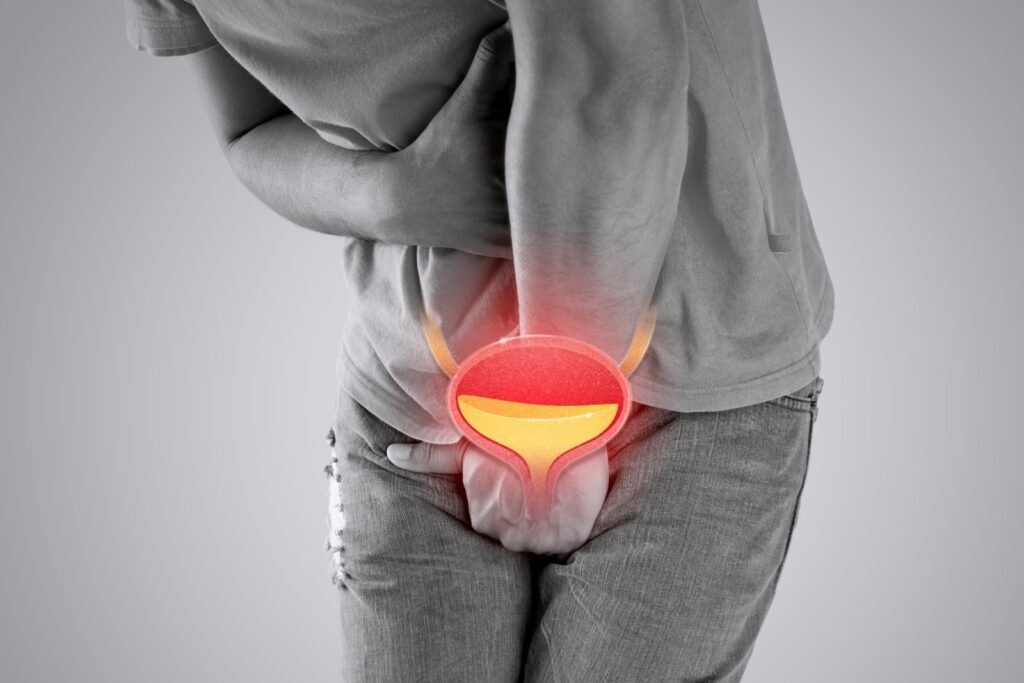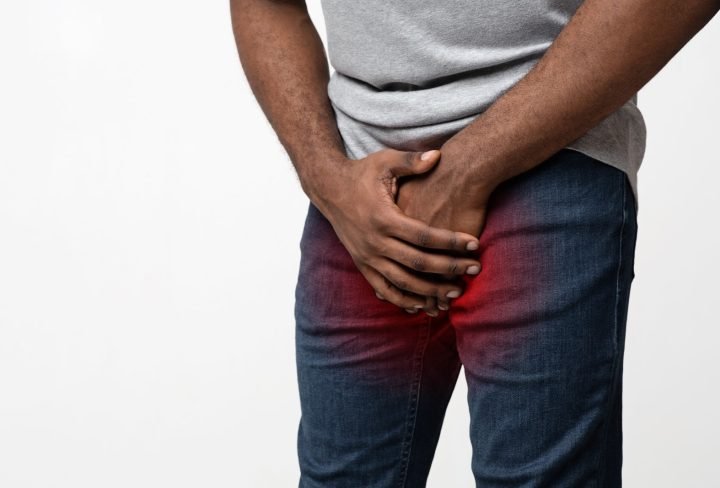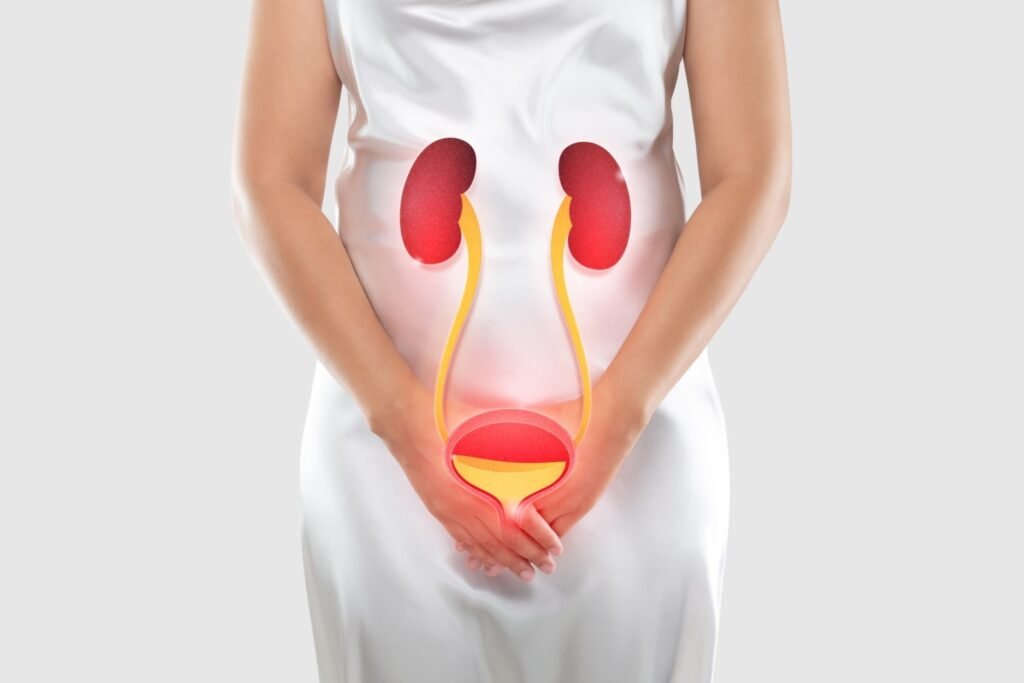Coping With Kidney Stones: Causes, Symptoms, And Treatment
Kidney stones can be a painful and uncomfortable experience for anyone who suffers from them. Kidney stones are small, hard mineral deposits that form in the kidneys and can cause a range of symptoms, from mild discomfort to excruciating pain. In this blog, we will explore the causes, symptoms, and treatment options for kidney stones. Causes of Kidney Stones Kidney stones can form when urine contains too much of certain substances, such as calcium, oxalate, and uric acid, that can stick together and form crystals. These crystals can then grow and form larger stones. Some factors that can contribute to kidney stone formation include: Symptoms of Kidney Stones Kidney stones can cause a range of symptoms, from mild to severe. Some common symptoms of kidney stones include: Treatment Options for Kidney Stones Treatment for kidney stones depends on the size and location of the stones, as well as the severity of the symptoms. Some treatment options include: Preventing Kidney Stones While kidney stones can be a painful experience, there are steps that can be taken to prevent their formation. Some prevention strategies include:










